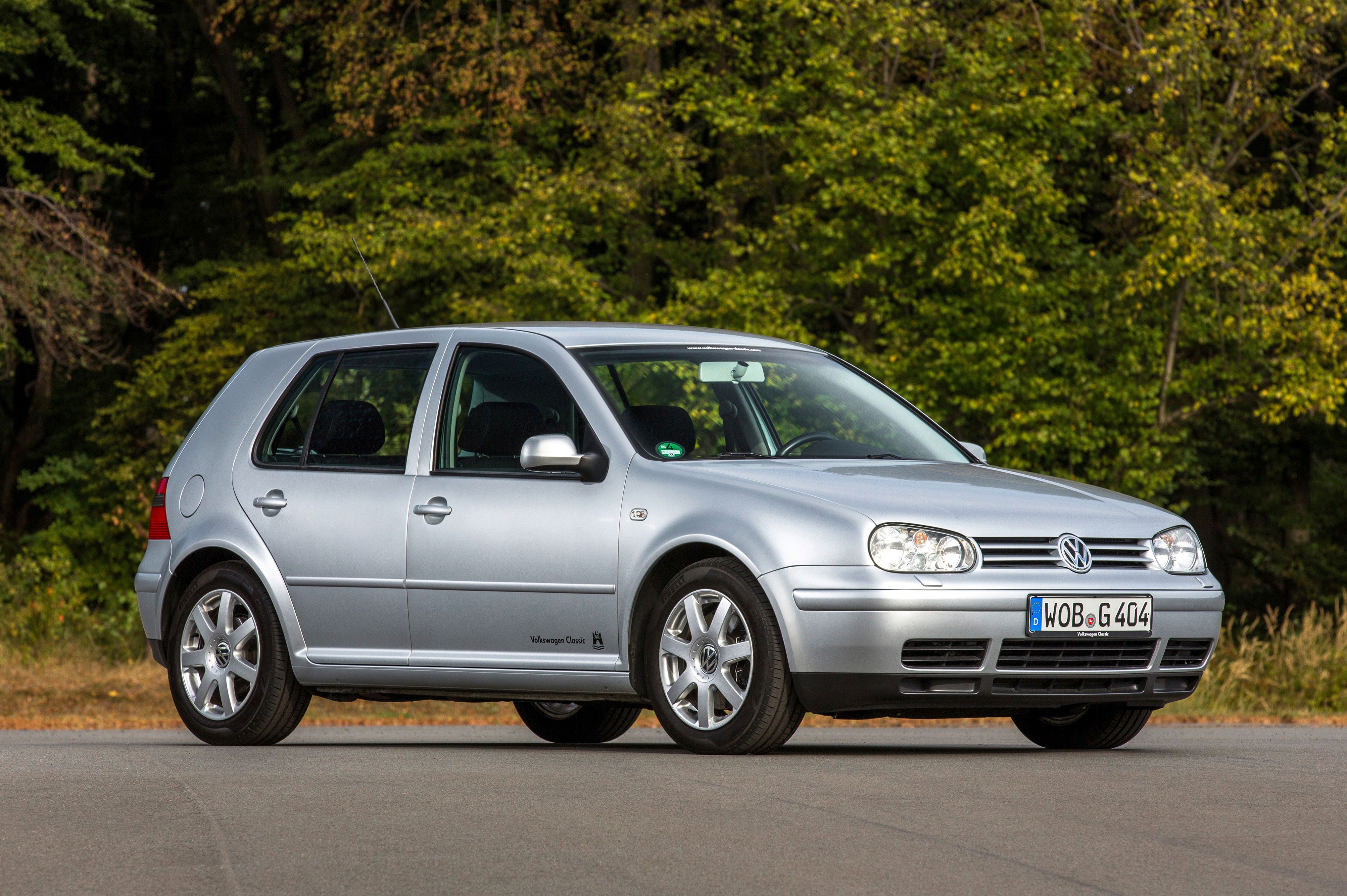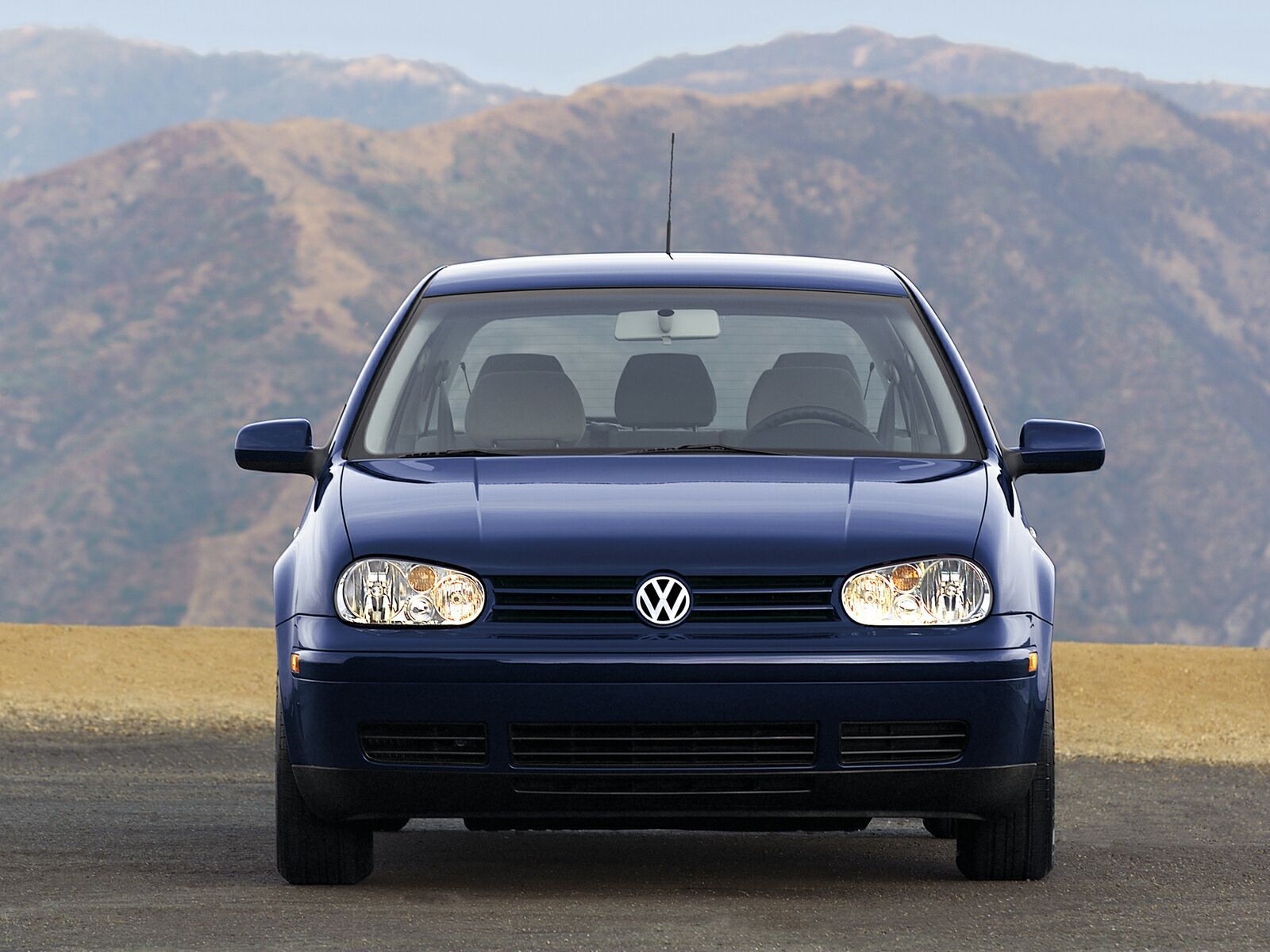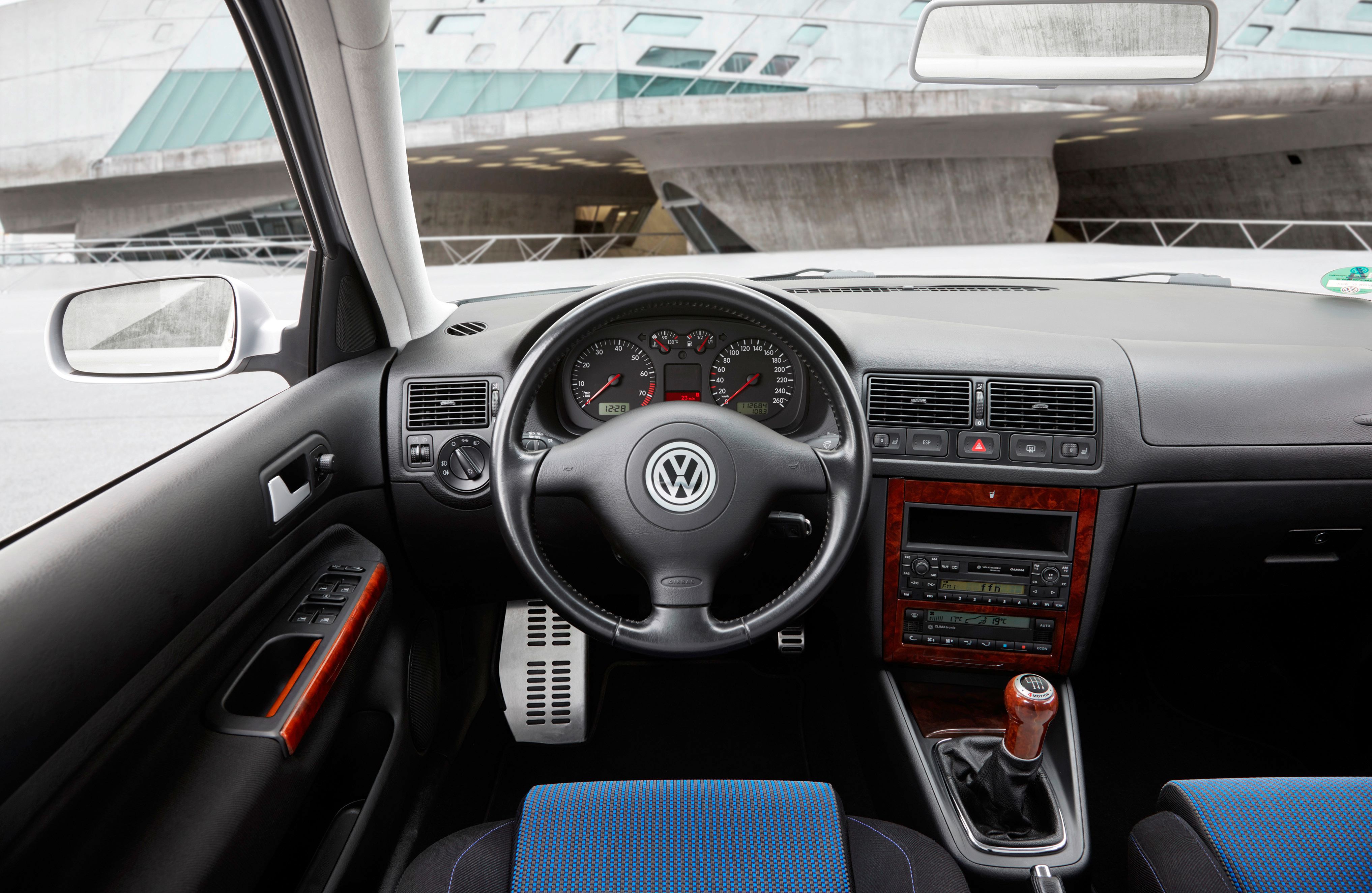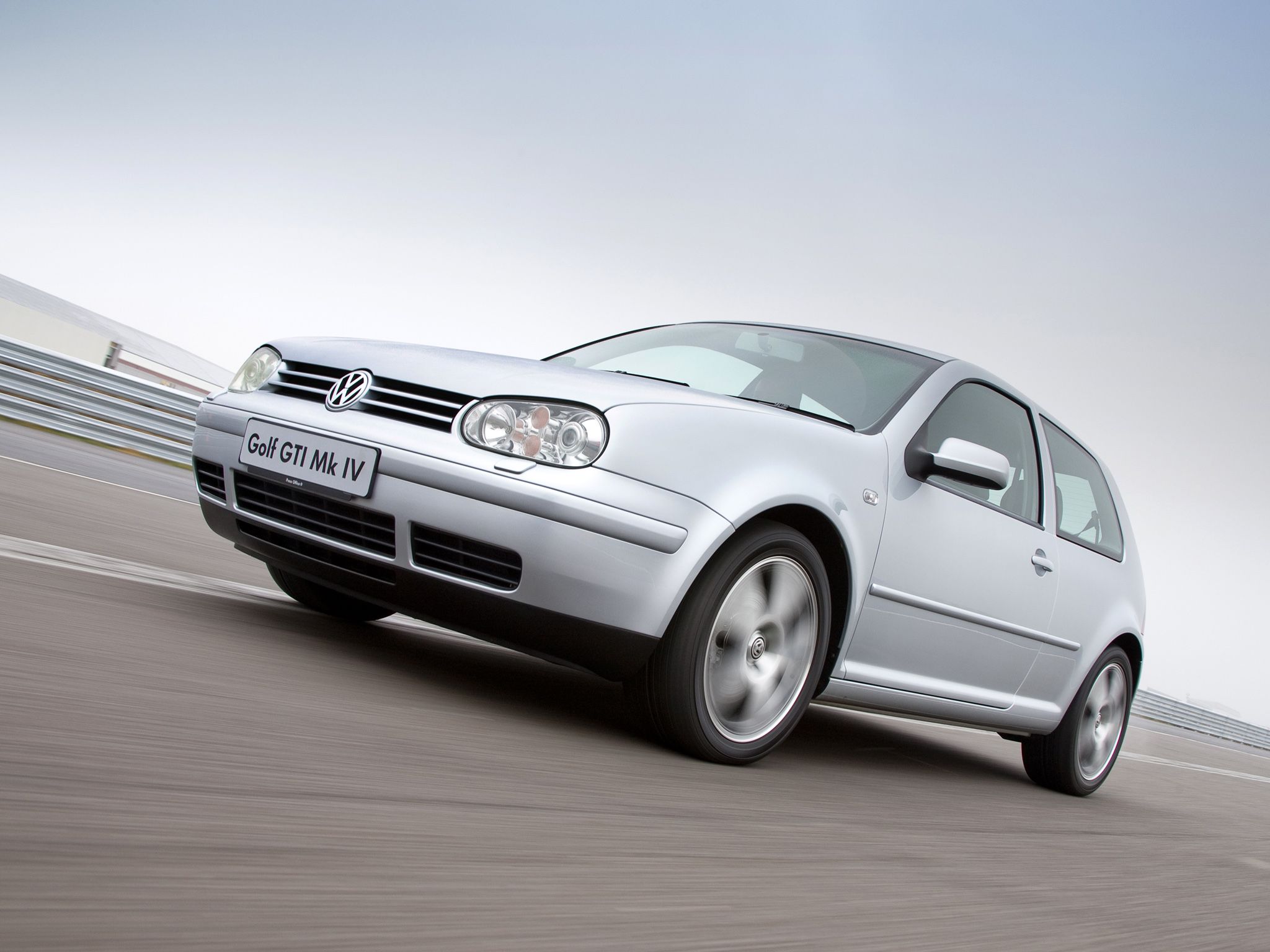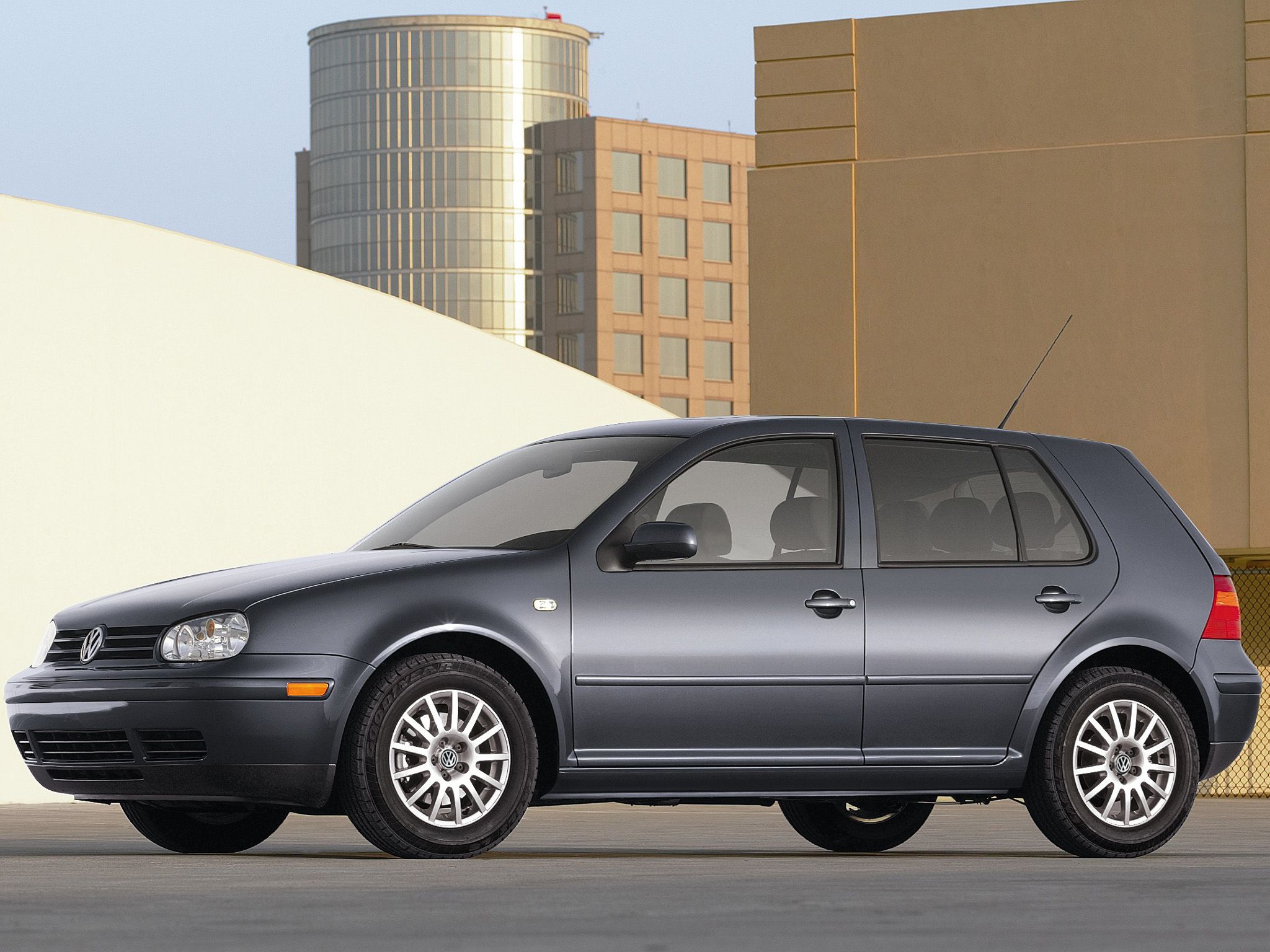With millions of units sold worldwide and some love from a future Pope, this is everything you need to know about the VW Golf mark 4, one of the best AND most boring cars ever made.
I should know, I own one.
So stick around and read until the end to find out how Volkswagen managed to transform a cheap-ish hatchback into basically a premium compact car, paving the way for the luxuryfication of the whole brand. And if that isn’t a word, it is now. Also, it’s one of the best, cheap and most reliable second-hand cars you can buy today, with tons of parts available and easy servicing at home, so it’s got that going for it, I guess…
The story of the fourth generation Golf begins in 1997 in Germany. Its predecessor, the mark three Golf, set a high bar during its lifetime, winning the 1992 Car of the Year Award.
Designed by Peter Schreier, the man who penned the first generation Audi TT, the new Golf had to impress, but at the same time, it was too risky to reinvent the wheel. In fact, VW’s own research showed that the Golf buyer didn’t want anything radically different. And so the Golf mark 4 looks a lot like the model before it.
Nonetheless, it brought a bunch of new safety enhancements, such as standard ABS, front airbags and side rails for better protection in case of a side crash. All this led to a four-star rating from Euro NCAP in 1998 - the same as the 1999 Opel Astra and the 1999 Ford Focus.
But the biggest improvement was at the interior, where the fourth-generation Golf got high quality materials, just like the Passat before it. It was a huge step forward for something that was previously seen as an economy car. Seeing how VW owned Skoda and Seat, the Golf no longer had to be a true “people’s car” - it had other brands that could play that role, so it looked more upmarket.
And I have to say, even 20 years later, this interior is still holding up like a champ. I mean, sure, it’s not exactly in pristine condition, which is totally my fault for not caring for it like I should, but it’s nothing a good clean and some detailing can’t fix. And check this out! This particular car has a cassette player, a single-unit CD-player, AND a CD changer - sweet!
But that’s not all, because on fancier trims you could even get a color screen LCD infotainment system with GPS navigation. It sucked, but then again, every fancy car multimedia system sucked in the naughtys.
There were a million engine options available, but the most popular of them all were the 1.6-liter gasoline unit and the 1.9-liter diesel. Over time, it was offered with a four-speed automatic transmission, a 5-speed manual, a 5-speed auto, a 6-speed automatic, a six-speed manual, and a six-speed DSG - which is German for double-clutch auto.
There was, of course, a GTI variant that came with either a 1.8-liter turbo or a 2.3-liter VR5, but the big daddy of this generation was the R32, which had basically the same drivetrain as the big Audi TT.
That meant a 3.2-liter VR6 engine that made 238 horsepower, 4motion four-wheel drive, xenon headlights and the world’s first production-grade dual-clutch gearbox. It was a big deal, and it still is today, with a 0-62 mph time of just 6.4 seconds with the DSG gearbox.
The Mark 4 Golf was sold as a two-door hatchback, a four-door hatchback, a wagon, and a convertible, although the cabriolet was just Golf 3 with the face of a Golf 4 - cheeky Germans!
There was also a sedan called Bora in Europe and Jetta in the United States, where it became the official vehicle of the unemployed student. Its main competitors were the Opel Astra G, Ford Focus, Peugeot 307, and Honda Civic. And about that whole Pope thing. Before he became Pope Benedict the sixteenth, Joseph Ratzinger owned a 1999 Golf 4, which he sold in 2005 - because, you know, he could hitch a ride in the Popemobile.
The fourth generation VW Golf was made until 2004 in Europe but continued to be built in Brazil until 2013, with a new face and rear-end. This variant was even exported to Canada, where it was sold as the City Golf and then renamed to Golf City - really clever, I know.
An interesting fact about this is that the old Golf City was sold alongside the Mark 5 Golf, but marketed as a cheaper alternative, with a starting price of about 15,000 Canadian dollars in 2008.
During its long and prosperous lifetime, the Mark 4 Golf received multiple awards, like Best Family Car from Top Gear Magazine in 1998, Best Small Hatch from What Car in 1998, and Best Used Small Family Car.
With all this being said, it didn’t manage to snag the sought-after European Car of The Year Award like its predecessor. Instead, the title went to the Renault Megane Scenic in 1997 and the Alfa Romeo 156 in the following year.
Now, 24 years after its introduction, the Golf Mark 4 is still a familiar sight on the streets of Eastern Europe and South America, where it soldiers on with the unmistakable sound of that TDI engine. Let me know in the comments what you think about the fourth generation Golf - is it better than the Civic or the Astra?

